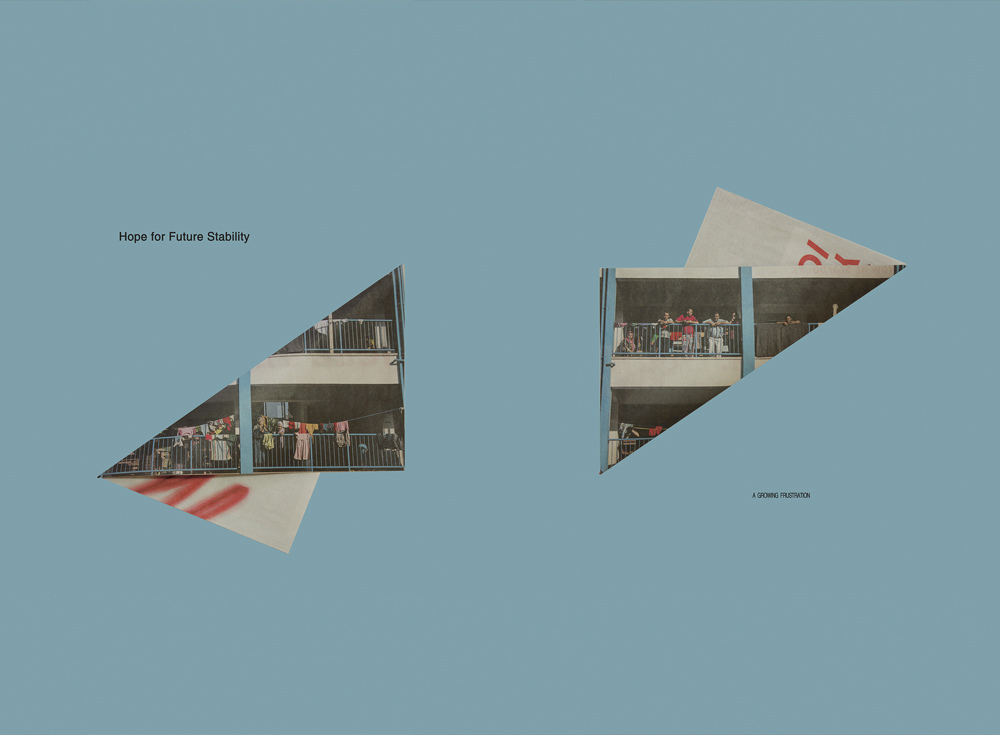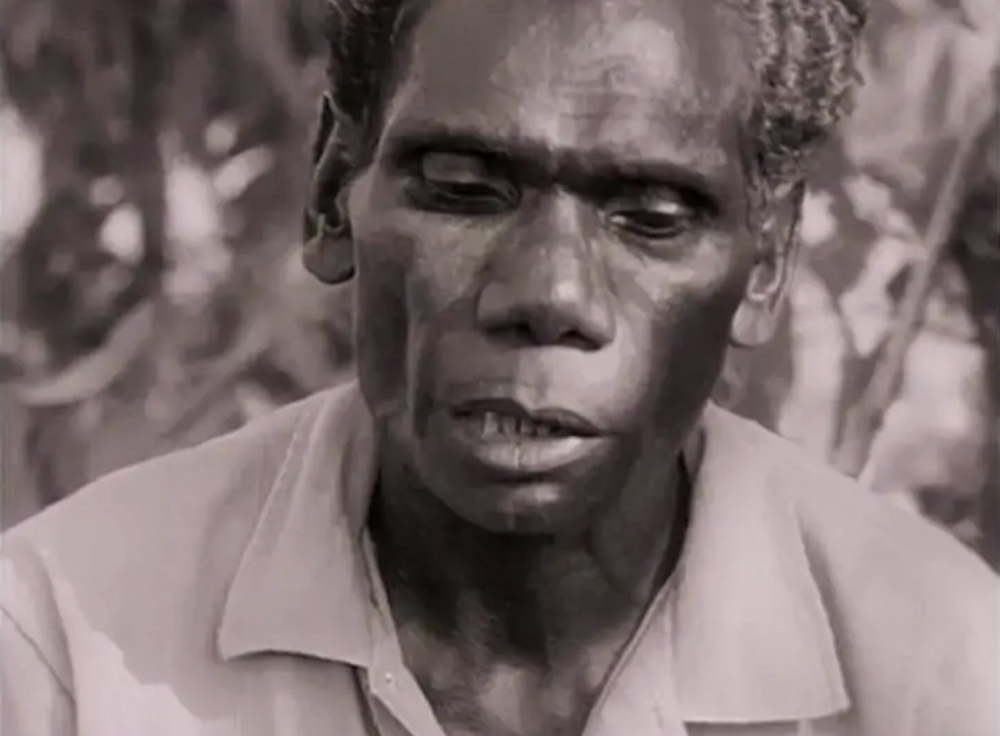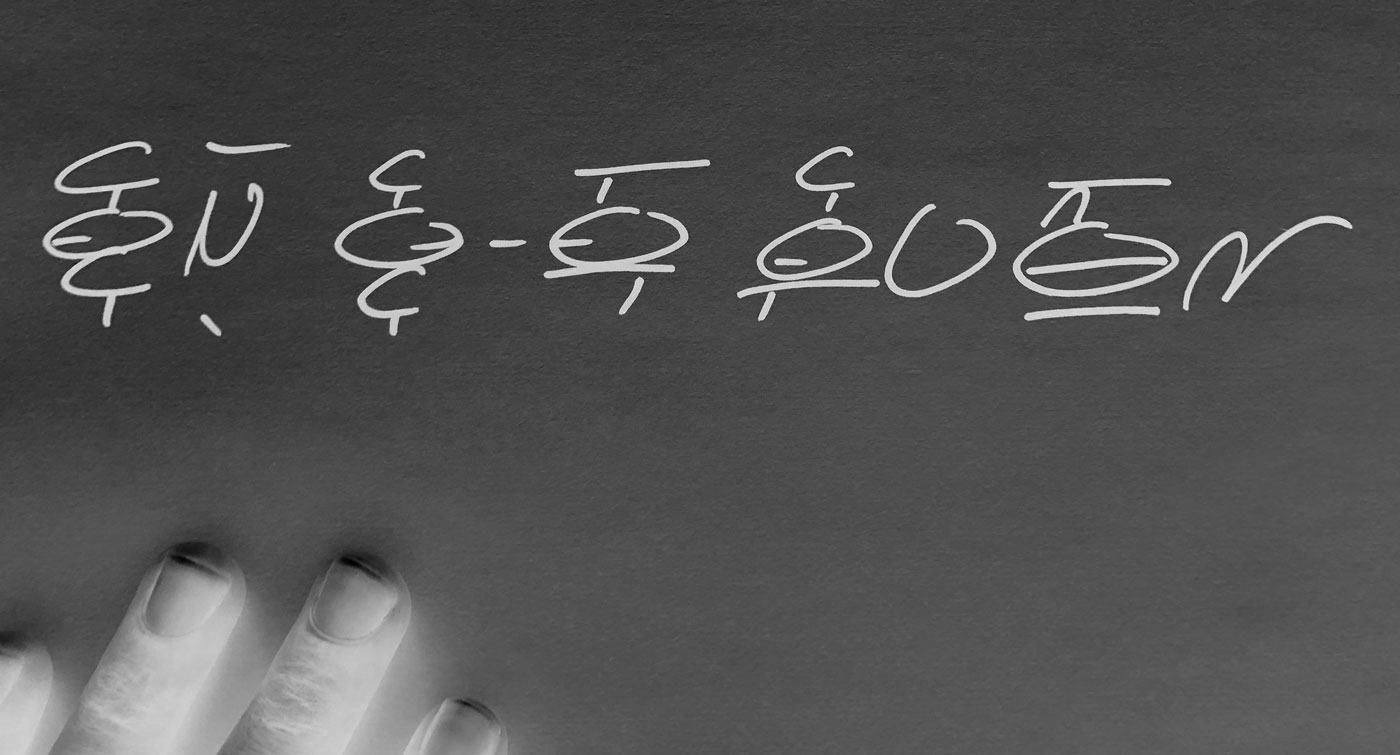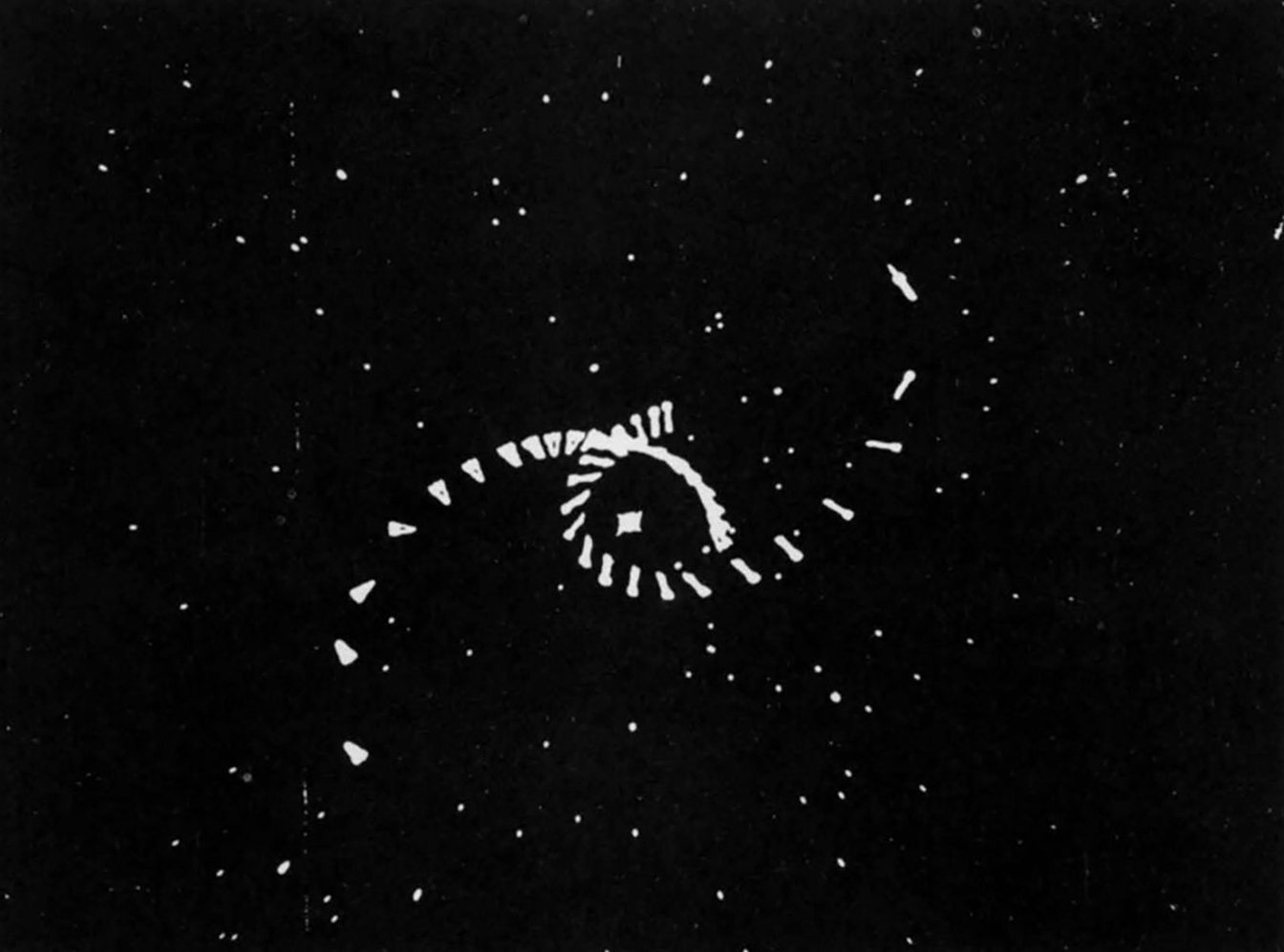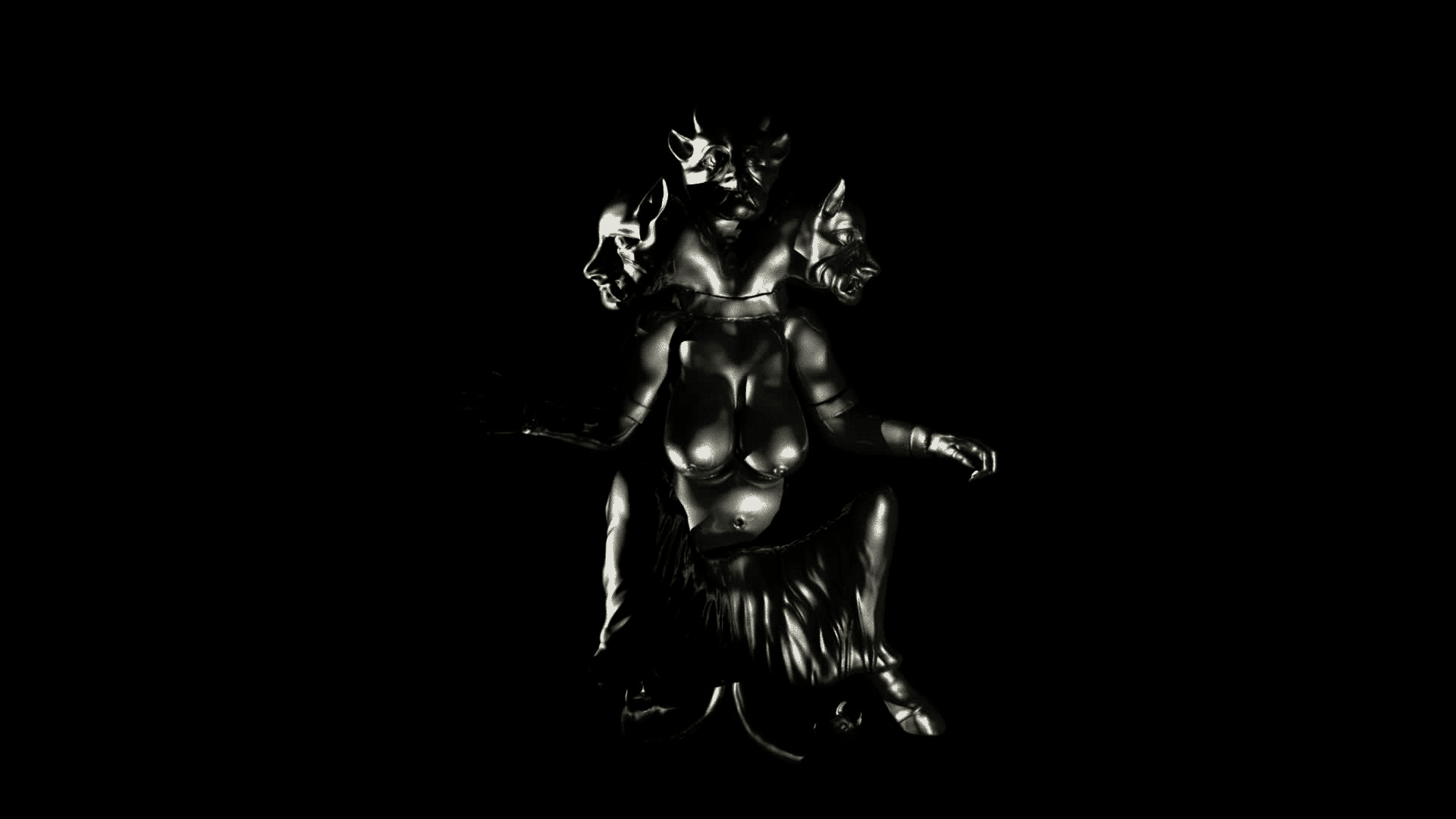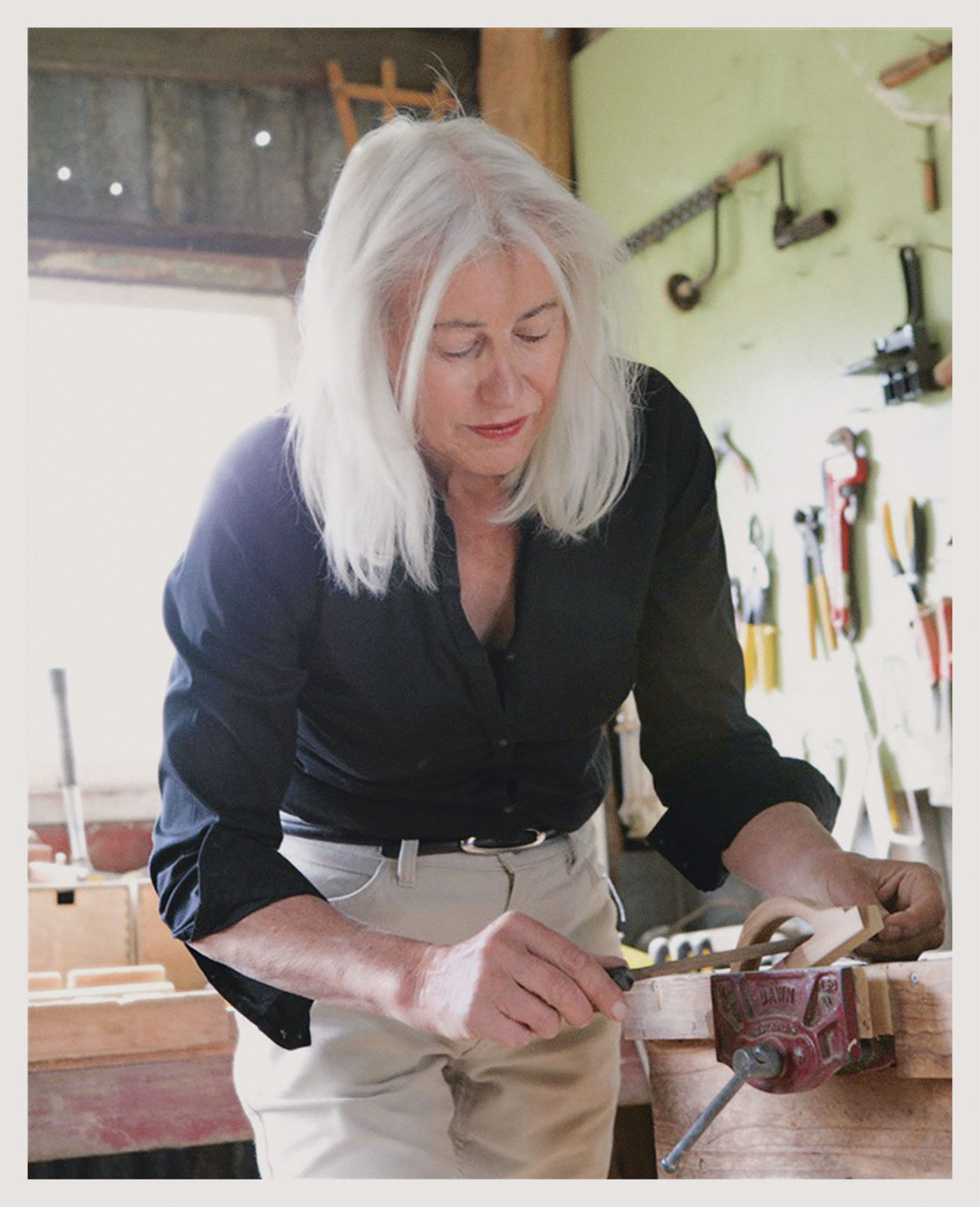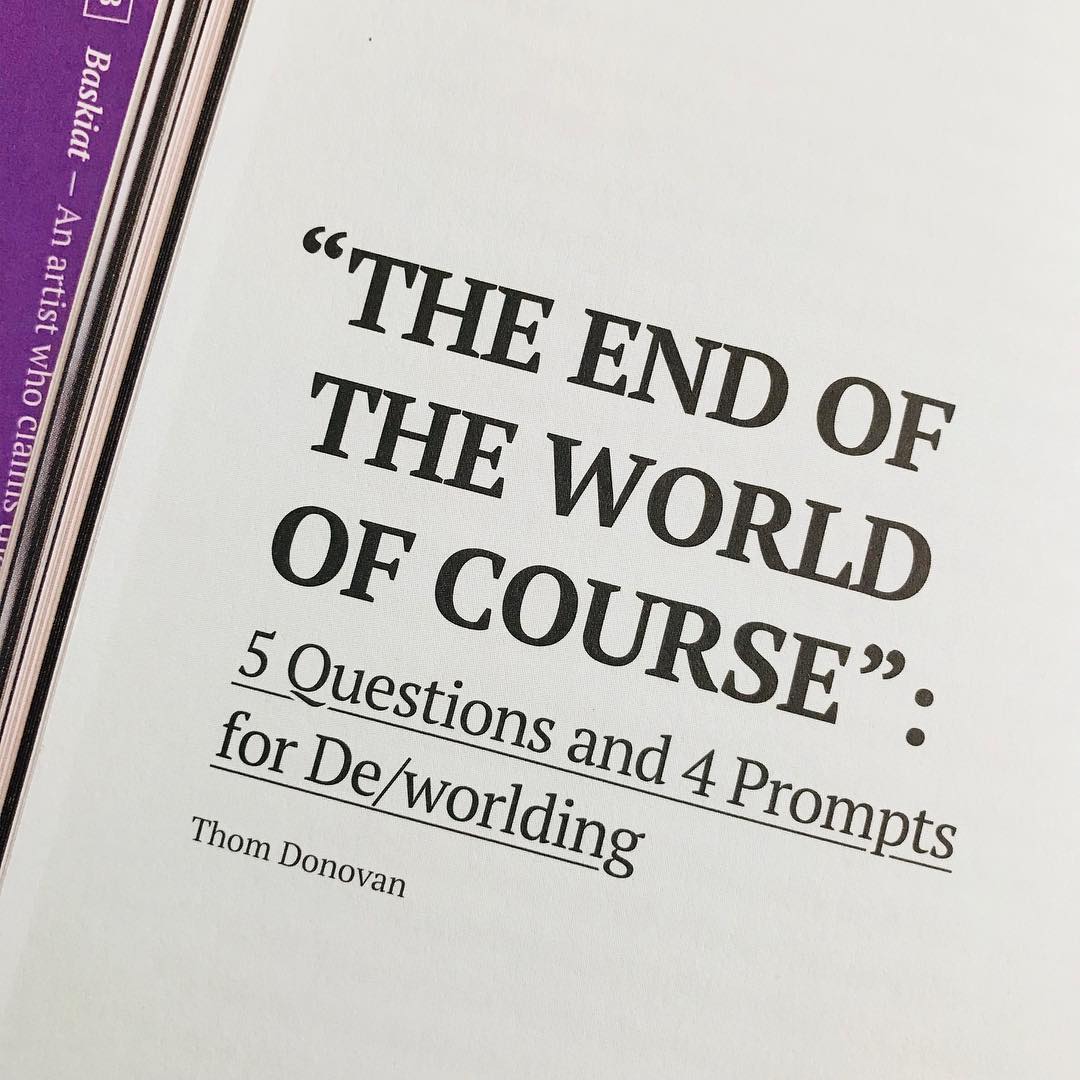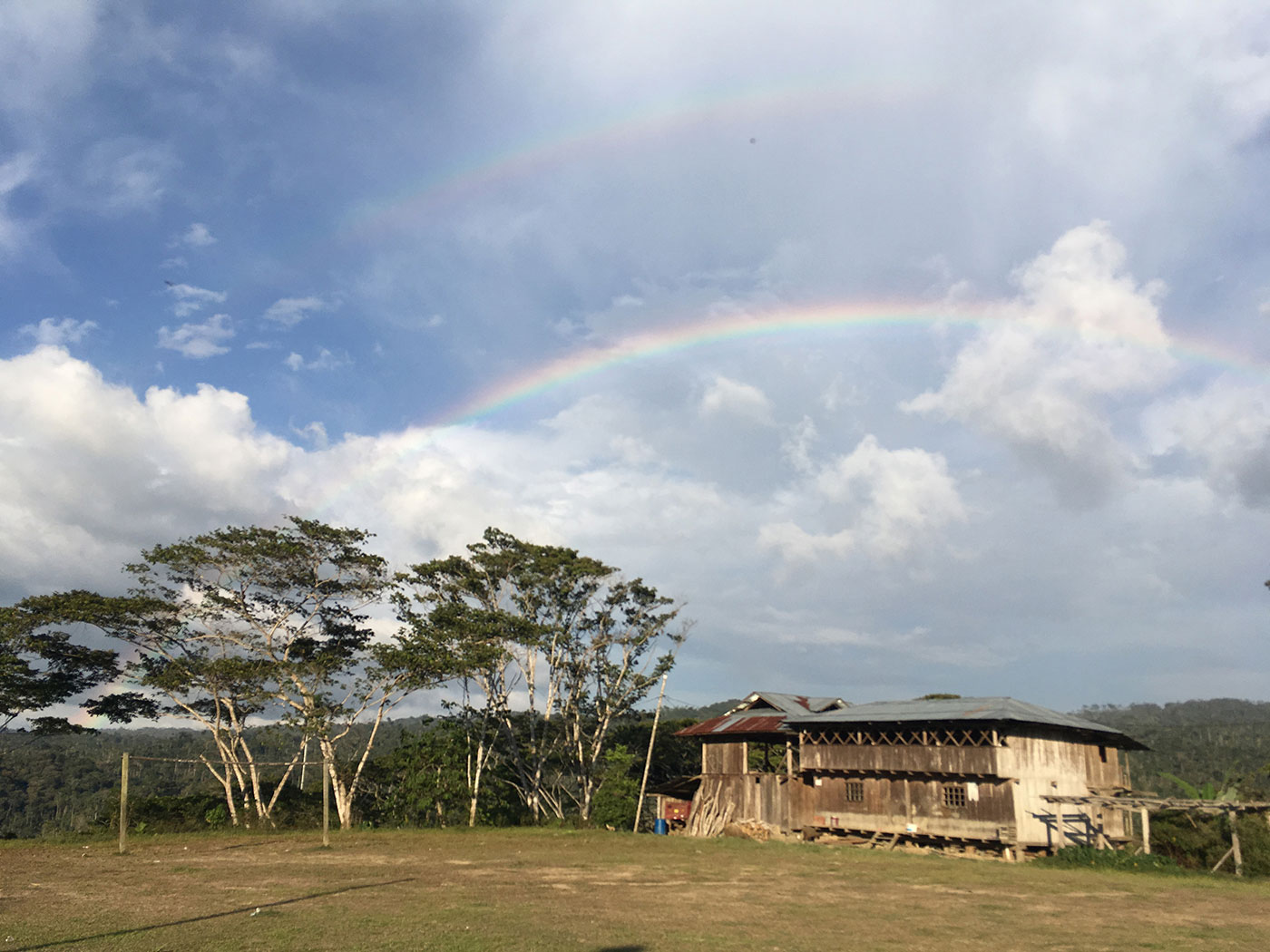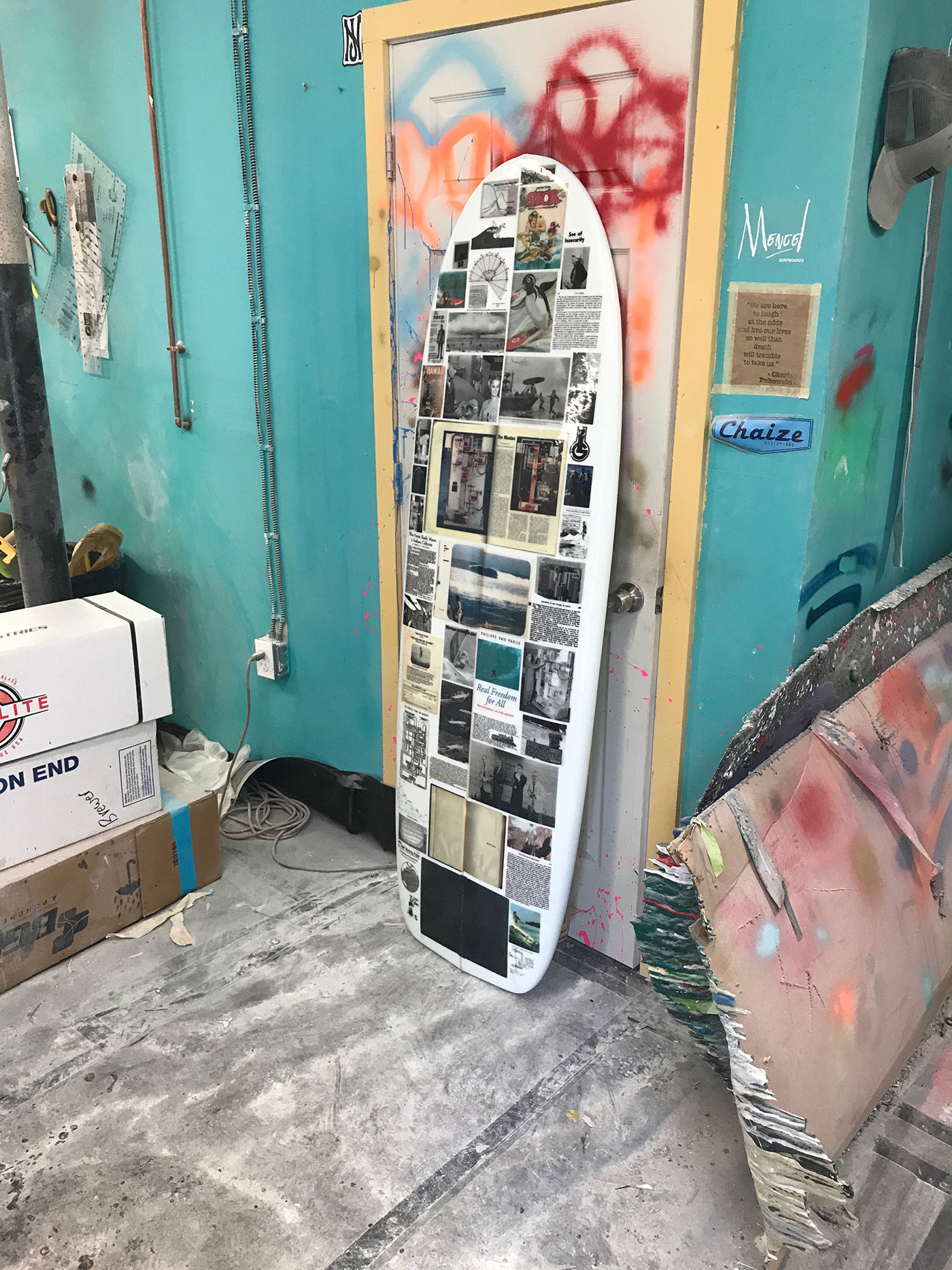The Enigma of:
Joe Riley
Sea to See
I am seduced by economic models and waves. I feel that watching water crash on a shoreline is as pleasurable as reading a data visualization. A wave is momentarily poised at the threshold of land and sea, an economic model at the intersection of real and imagined accounts of the world . I am trying to see these forms emerge like surfers scanning the shape of a swell for the next set . The waves of capital are at once invisible logic and on display everywhere. The economic model is an attempt to represent these waves, find the perfect wave, and ride it for as long a possible. I am reading and surfing a model in the wake of enigma, capital, and war.
The notion that capital moves like liquid flows has long dominated the language of economics . Thomas Hobbes compares money to blood in Leviathan; David Hume’s Political Discourses declares that money is like water; and Adam Smith’s Wealth of Nations likens money in the bank to water circulating in and out of a pond. Contemporary descriptors of capital remain soaked with marine metaphors:
Bail out (as one might a sinking ship), buoyant growth, cash flow, dark pools, drowning in debt, flooded markets , fluidity, liquidation , offshore banks, prime the pump, revenue stream, underwater options, sunk cost, wave cycle.
If You Want the Ultimate, You’ve Got to be Willing to Pay the Ultimate Price
A friend once exclaimed to me: “Point Break is not the perfect movie, but it is a perfect movie.” Kathryn Bigelow’s 1991 blockbuster follows a group of surfers who rob banks while disguised as ex-Presidents of the United States . The film’s overdetermined Hollywood caricatures live only to get radical through a practice that promises a dizzying sense of truth—surfing. Bodhi, one of the film’s chief protagonists, is a charismatic surf-cult leader who deploys high-powered weaponry and counter-cultural spiritualism to push an agenda of getting radical as a narcissistic resistance to the mainstream. He imagines standing vertical on a surfboard as a means to transcend a hyperrealized world, a world in which the surfer’s essence is otherwise lost in endless crashing waves of capital.
“Just as the model is more real than the real...acquiring thus a vertiginous impression of truth, the amazing aspect of fashion is that it is more beautiful than the beautiful: it is fascinating. Its seductive capacity is independent of all judgements. It exceeds the aesthetic form in the ecstatic form of unconditional metamorphosis.”
— Jean Baudrillard, Fatal Strategies (1983)
I don’t mean to paddle out with postmodern theory or with Point Break for that matter. But can I use Bodhi to ad-lib Baudrillard away from overwhelming detachment? Substitute Baudrillard’s code of modernity—fashion—with wave in order for the ecstasy of surfing to disrupt the smooth blend of fiction and reality that constitutes an economic model’s figuration of capital. Can a surfer and a model, together, describe capital’s unconditional metamorphosis of collapse from inside the barrel of a wave ?
The Water Machine Draws Waves
In the aftermath of World War II, the field of macroeconomics has a brief moment where economies can be modeled with water. Hydraulic Economics makes the claim that money shares the same physical properties as fluid.
Economist A.W. Phillips grows up on a New Zealand farm powered by a water wheel. In 1949, after military service in the Royal Air Force, and time spent as a prisoner of war, he designs the Phillips Machine, a hydraulic computer for modeling a Keynesian economic system. Water circulates through the computer’s series of tanks, pumps, sluices, and balances , each representing a sector of the economy. The flow of water running through the machine’s containers of figurative capital is regulated by cams and cranks, allowing the operator to play the role of the invisible “hand of the market.”
The Phillips Machine is a poor simulator for the post-WWII Bretton-Woods era. The formation of the International Monetary Fund lays the groundwork for U.S. dominance in international finance, and silences the Keynesian model alongside any challenges to Western-capitalist hegemony.
In the 1950s, economist Abraham Ptachya Lerner licenses the Phillips Machine and renames it the MONIAC to suggest “money, the ENIAC and something maniacal.”1 Lerner sells fourteen of the machines to educational institutions throughout Europe, North America, and New Zealand. One more is sent to the Central Bank of Guatemala in 19532 where it is to aid with national land redistribution policy but, the following year, lands in the midst of a CIA-led coup.
Throughout its postwar failure the MONIAC machine manifests a kind of precarity. Witness accounts tell of it constantly springing leaks and spilling a red fluid everywhere, a prediction for disaster .
The War Machine Seizes Waves
In 1937, the German industrial chemist, Otto Bayer , develops the first synthesization of polyurethane foam for corporate conglomerate I.G. Farben , the material and chemical production apparatus of the Nazi regime. I.G. Farben is the second largest shareholder of U.S. conglomerate Standard Oil. The two corporations exchange petro-chemicals and emerging technologies throughout World War II, despite belonging to enemy nations. Polyurethane foam is one such emergent technology which, after the war, becomes the core ingredient for a new wave of consumer and leisure products—from home interior insulation to surfboards . I.G. Farben and Standard Oil cease reciprocal investment as the tides of the war change.
In 1944, the Allies require weather forecasting data to ensure that an amphibious invasion of Europe is not jeopardized by vulnerable landing-boats capsizing in the surf . New knowledge of oceanography, meteorology, and sea-floor topography is cobbled together through ocean weather buoys and human intelligence relayed direct from enemy beaches. It is perhaps the first time in Western thought where weather systems an ocean away are understood to affect waves on a distant beach. This thought lays the technological groundwork for surf forecasting as well as the contemporary surfer’s obsession with weather data in the search for swells. I now know where the best waves are because I can sit in my Brooklyn apartment and drop in on the surf at Teahupoo .
During and after World War II, California remains as much a center for beach culture as for military research and development. Many workers in the military industry are surfers, and they use newly available materials such as polyurethane foam and fiberglass to design surfcraft.
Bob Simmons is an engineer for Douglas Aircraft and surfer best known for adapting hydrodynamic boat hull designs for surfboards. Simmons bases his innovative surfboard shapes on the the military vessels developed at Pearl Harbor by wartime naval architect Lindsay Lord . Before Simmons and Lord come along, surfboards are little more than heavy wood planks which move through the water in straight lines. The Lord and Simmons dynamic shifts the paradigm of surfboard design from wooden displacement craft toward lighter, hydrodynamic, composite boards that glide atop the surface of the water. The act of surfing becomes contingent on reducing friction between surfer and swell to a seamless flow, as if waved along by an invisible hand.
The transitioning of technology from military secret to consumer leisure product is smooth, and nearly imperceptible. The same can be said of how the counter-cultural figure of the surfer is absorbed into the mainstream.
The counter-cultural surfer ( comes into focus against the backdrop of the Vietnam War. In 1979, Francis Ford Coppola’s Apocalypse Now depicts soldiers surfing during an assault on a Vietnamese coastal village by the orders of a surf-crazy commanding officer. Surfboards are mounted below a helicopter in place of missile launchers , and the soldiers appear motivated more by the promise of excellent waves than by their military objective. This iconic scene is a quotation of real events.
In 1966, the United Service Organization holds a surfing contest at Đà Nẵng (a coastal city in central Vietnam) where the military maintains a rest and recuperation station complete with surfboards. Following this competition, the China Beach Surf Club is formed. The club goes on to boast eighty-two members, many of who later surf in national competitions back in the U.S.
While soldiers surf in Vietnam, the U.S. pavilion of the 1970 World Expo in Osaka features a display of custom surfboards, a mirrored wall shaped like a wave, and a projection of surf film footage . The surfboard is here used as a weapon of diplomacy, aimed at a future when the sixties and seventies will be signified as much by images of surfing as the Vietnam war. As Cold War missile proliferation continues through the seventies and eighties, big wave surfing gains popularity as a professionalized sport. Missile-like surfboards—designed to ride massive waves—are commonly referred to as “guns,” which surfers tote around to conquer the world’s waves .
The Waves are in the Machine
“The decline or discontinuance of the use of the surf-board, as civilization advances, may be accounted for by the increase of modesty, industry or religion...those who were waiting for it might naturally suppose would, for a time, supersede their amusements.” — Hiram Bingham, A Residence of Twenty One Years in the Sandwich Islands (1848)
The relationship between surfing and conquest traces back to 1779 when English explorer Captain James Cook reaches Hawaii. While Cook’s lieutenant, James King, notes prone surfriders in Tahiti , Hawaiians are the only culture known to surf while standing upright. heʻe nalu (which translates in English as “wave sliding”) involves a ceremonial harvest of wood for surfcraft, and prayers before and after ritual wave-riding. This spiritual practice is nearly wiped out by colonial and capitalist logics. Calvinist missionaries attempt to put a stop to surfing on the islands by associating the practice with idleness, sexuality, and perdition. Furthermore, the colonizers introduce disease and exploitative labor practices—industry—which preclude time for heʻe nalu, and the practice is nearly extinguished.
In the early twentieth century, surfing makes a roaring comeback with a rising swell of tourism-driven development on the islands. Alexander Hume Ford, a white developer who seizes on surfing as a way to attract tourism, produces advertising on the mainland that promotes surfing as a healthy sporting and leisure activity .
By 1917, surf riding is a popular pastime of the American leisure class, as is evidenced by this cartoon of Bobby Bumps . And, by 1935, product advertising is saturated with images of waveriders .
If Everybody had an Ocean
“I can imagine that the oceanic feeling could become connected with religion later on. That feeling of oneness with the universe which is its ideational content sounds very like a first attempt at the consolations of religion, like another way taken by the ego of denying the dangers it sees threatening it in the external world.” — Sigmund Freud, Civilization and Its Discontents (1930)
It would be remiss to discuss surfing without mention of Romain Rolland and Sigmund Freud’s exchange on the “oceanic feeling;” the sensation of being one with with the universe. In a series of letters to Freud, Rolland claims that the oceanic feeling is the overwhelming, and perhaps redemptive quality of organized religion. Freud, on the other hand, contends that the feeling is only a byproduct of an underdeveloped consciousness. The surfers of the sixties and seventies counterculture are emblematic of this dual interpretation. They are both semi-spiritual and semi-conscious figures framed as pop-cultural dropouts and soul surfers on an eternal surfaris in the search for waves.
Perhaps this spiritual facet of surfing is inherited from its Hawaiian roots? Or, perhaps it is a legacy handed down by the unique triangulation of science, technology, and quasi-spirituality that characterizes numerous subcultures of California? It is too much to rehearse the entire story of California here but suffice to say, an analysis of the history reveals a common thread of “seeking” via manifest destiny, spirituality, and commodification. The so-called Zen of surfing is synonymous with the notion of seeking out perfect waves and sublime experience. A similar form of seeking—accumulation, territory, profit, speed—drives the expansion of capitalism through the second half of the twentieth century , during which surfing becomes an oceanic pastime for a globalizing economy.
The surfboard is a billboard
In The Sea Around Us, Rachel Carson describes the ocean as a romantic ecological system circulating on the surface of the globe. This circulation accelerates with the emergence of containerization, a neoliberal project to make shipping containers the primary unit of trade in order to smooth over the abrupt threshold of sea and shore . Through the efficiencies of containerization, seaside ports change from sites of industrial manufacturing to sites of a tourism industry. As consummate figures of the California beach, surfers are at the threshold of this transition in which leisure and recreation are instrumentalized to reproduce labor and stimulate consumption. Surfers and their beaches shift from society’s fringe to society’s vacation destination.
In Point Break, FBI agents surreptitiously pluck hairs from surfers for comparative analysis against the toxicology of California beaches . Because many of the state’s beaches were once home to diverse forms of industry, these sites are now contaminated with chemicals that leech into surfing bodies. The agents seek to determine which beaches the surfers spend their time at based on the profile of industrial chemicals found in their hair. Here, internalized chemical residue is framed as a forensic marker of counter-cultural dropouts. These dropouts are simultaneously unwilling to work, and unwitting subjects of capital. John Rawl’s footnote on the refusal to work, known as the Malibu Surfer Problem, characterizes surfers as lazy and selfish, and therefore undeserving of any state support or benefit:
“Those who are unwilling to work would have a standard working day of extra leisure, and this extra leisure itself would be stipulated as equivalent to the index of primary goods of the least advantaged. So those who surf all day off Malibu must find a way to support themselves and would not be entitled to public funds”
— John Rawls, The Priority of Right and Ideas of the Good (1988)
Meanwhile “those who surf all day off Malibu” become workers in the surfing industry which is today valued at more than ten billion dollars. Through the industrialization of surfing, the image of the lazy Malibu surfer balances against professional big wave riders such as Mark Foo who, early on, embraces corporate sponsorship despite being labelled a sell-out by traditionalist surfers. Foo drowns after wiping out while big wave surfing at Mavericks in 1994. In death, he joins the ranks of the soul surfers.
The Enigma of:
Last year, I thought that I might get better at surfing if I made my own surfboard. Research into the materials, process, and myths of making surfboards soon threaded into my art practice. Making a surfboard opened up a complex register of colonialism, militarism, spirituality, and economics. Reading the history of surfing highlighted pervasive figures of speech like “riding the wave,” “surfing the web,” “dropping in,” and “wiping out.” Key actions in these metaphors—wave, surf, crash—echo common descriptors of economic models and events .
Skilled surfers are said to have flow, carving turns on the face of a wave. Instead of going with flow, I followed an impulse to introduce friction to my surfing practice by carving an economic model into the bottom of my surfboard. On the opposite side of the board, between layers of fiberglass and resin, I laminated images and texts which describe an apparatus made of violence, chemicals, and sand. The process became less about getting up on the face of a wave and more about undermining the notion of seamless flows.
“...the reconciliation of irrational forms in which certain economic relations appear and assert themselves in practice does not concern the active agents of these relations in their everyday life. And since they are accustomed to move about in such relations, they find nothing strange therein. A complete contradiction offers not the least mystery to them. They feel as much at home as a fish in water among manifestations which are separated from their internal connections and absurd when isolated by themselves.”
— Karl Marx, Capital Vol. III
Marx describes those accustomed to living within the irrational economic relations of capital as fish in water. A surfer is said to take to the water like a fish, skillfully moving along the face of a crashing wave atop a vehicle of contradiction. Or perhaps the surfer is more a fish out of water, making visible the metamorphosis of capital against the contemporary backdrop of warming waters and rising sea levels . This kind of visibility is crucial in order to dispel the notion that circulation of capital is a seamless, sublime flow.
I am trying to keep a straight face while calling for a decolonized Marxist surfing. It is awkward, and it makes me smile in the way that I do when I am surfing. In the current moment, a critical conversation on surfing is not necessarily urgent, but thinking through different kinds of urgency works to identify internalized aspects of capital. Water metaphors serve capital so well because they make constant growth seem essential to human life: I need water to live, I need to surf the waves of capital. Recognizing how such logic falls apart requires friction. I am making a surfboard which is a vehicle for thought about friction. It is an entanglement of ecology, violence, and culture laminated between layers of resin and fiberglass, floating just above the surface of the sea, hurtling toward the threshold of shore. With that trajectory in mind and underfoot, I find the ill-advised machinations of a bad invention to be more beautiful than beautiful, and try to briefly surf with that fantasy before the crash .


